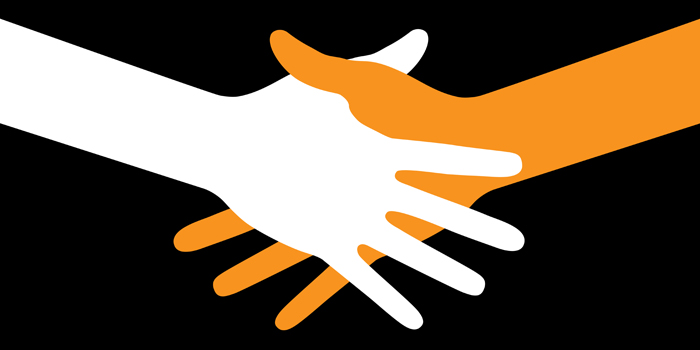
Originally published in February of 2016
Developing and nurturing social skills for children and young adults on the autism spectrum is consistently a grave concern for parents and caregivers.
Oftentimes, it’s the deficient that gets major attention and precedes other forms of therapy. Rightfully so, the thought of your child growing up alone, bullied, jobless, and void of social interaction is frightening.
So the search begins for social intervention. Dozens of programs in association with nearby medical institutions, universities, schools, and non-profits are likely to be found. Looking beyond the high-res information presented online or in a glossy pamphlet, how will this program engage a child’s interests and untapped aspirations? Will the lessons be active or passive? Are major concepts taught in abstract form or through “hands-on” experience? What’s being promised over a string of multiple sessions? Will this class/program take priority over another scheduled activity?
Then we move onto curriculum application. Supported by many factors independent of the program (resources available, parental involvement, reinforcement, etc.), how does this program promote and secure application? I’m talking about proof points of how this program is making positive impact on his or her life.
RECENT: 8 Training Types to Progressively Integrate Social Networks
With countless amount of programs charged by individuals creating change for children and young adults on the spectrum, I’ve seen remarkable advancements in social skills through an active, hands-on/experience-based approach.
Which brings us to the movement and strength side of things.
This article and the next seven provide ideas to advance an inactive, socially craving child/young adult into a physically and socially strong individual. The initial starting place of this program begins at the gym. In subsequent articles to follow, watch as the training moves from the gym in solo fashion to off-site with friends and family. Watch as fitness, in turn, becomes a lifestyle and how it swings the doors open to social integration, naturally.
Let’s begin by exploring the foundational piece of this program: gym training.
What, When, Where, and By Whom
We’re looking to get an inactive child on the spectrum socially and physically strong through movement. This type of training takes place in a gym setting. It’s our home base and where we hope to find the greatest comfort. Gym Training is a weekly commitment to complete a set of movement-based objectives within a 30 to 60-minute chunk of time. The primary social connection is the relationship between the trainer and the client. Who takes on this role of “trainer” is key and may take some searching. It’s very possible multiple individuals will take on this role before a match is made — this is okay.
For the remainder of this article, I will assume that you have taken the role as trainer.
Social Integration
The relationship between the child, trainer, and parent is the most important dynamic of this training type. The trainer provides an experience based on the needs of the child, influenced greatly by parent involvement.
Communicate to the child through action that your role is not to fix him but to make him the best he can be. You do this by beginning where he currently is — this is a huge concept that I can’t emphasis enough. The parents should acknowledge your role as well, as it might be different from what they’re experiencing from other professionals in their network of care. In a subtle way, this demeanor allows the child to sense how she’s good enough and realize she has much more to explore and accomplish. This, in turn, motivates her to do more than what she has previously done or thought she could accomplish. Go into the session with the idea that the child is broken, and it’s a surefire way for everyone to experience failure.
Model appropriate gym etiquette as soon as the child walks through the door. Common courtesy, patience, mindfulness, acknowledgement, appropriate conversation, appropriate attire, preparedness, readiness, and spatial awareness are behaviors that are modeled and encouraged with reinforcement in repetition for every session. Display what you expect for the child in every capacity. Therefore, you’re assimilating a switch turning on as soon as he enters the gym. As the switch is flipped, expectations are high and we’re engaged. These are the basics that must be finessed now to transition to new environments and future modes of training.
Observe sensitivities to workloads, textures, light, noise, location, people, and demands/requests. Plan accordingly. How far can the child’s senses be exercised before a meltdown takes place? How, if at all, will she express when she needs a brain break? What takes place when a meltdown occurs? How will the child, you, and others be safeguarded? Utilize the system the child and family find successful. If no system is in place (this is very often the case), devise one. The goal of this system is to be proactive rather than reactive and for everyone to remain safe. Therefore, create a messaging system. This system gives the child a manageable way to express a need for rest; time alone, a location change, an intensity drop, a switch in exercise, etc. Here, you’re exchanging trust between each other. The child understands you won’t dismiss their signal and you’re not perceiving them as whiny or looking to get out of work. Also, this message system prohibits you from ignoring slight change in behavior that otherwise, when stacked in accumulation, may lead to disaster.
Choose your location wisely. What makes your environment unique and appropriate as a starting place? How does it meet the child’s needs? If not in a private setting, who will be affected by this special type of training and how will this setup affect the flow of the session? I prefer an area of space I can safeguard and slowly eliminate restrictions when appropriate. I want a location that is expandable too, so we have endless opportunity for accomplishment and change before transitioning off-site.
In this article, Throw Out Your Expectations, read three case studies (on three different children on the autism spectrum) to exemplify the dialogue between the child, trainer, and parents. This article also covers setting up expectations, creating a messaging system, and zeroing down in the engagement factor.
Planning
The planning stage is where we begin to prune our program structures utilizing what’s on paper and what stands before us. To get started before meeting the child, collect information (medical history, informal/formal assessments, parental Q&As/feedback, teacher records, rec program reports, etc.,) to help splatter some paint onto the canvas. Use this information as a guide to widen your eyes, not cloud your vision or make assumptions. As you’ll see, what’s on paper may illustrate the child only in abstract form. Pruning our program structures is just another way to express how this planning period is the time to individualize our approach.
Use the information collected above to guide the setup of the initial session scheduled with the child and parents. The goal of this first, one-to-one session is to meet each other and introduce a new, safeguarded environment to the child through play. Within this environment and time frame it is your duty to observe movement, observe sensitivities, observe social ability, and find where interests lie. Present a schedule (mini and informal) to the child that will allow you two to explore the environment, engage, and gauge interest and ability. Minimize correctives unless safety becomes a concern. Provide an experience that meets her needs on her level by modifying as needed. Listen to what the parents are communicating. Are they on board or uneasy? Is the child fully dependent on the parent’s role in this new setting with you as the facilitator? How will this meeting help you plan for the next session? How will you present the data collected? How will your program improve the life of the child and meet the parent’s aspirations through results? In this short introduction session, do know that the parents are contemplating if this new endeavor is worth their trust, time, money, and effort.
Read the article below to help with this planning stage. I Train. You Train. We Train. illustrates an initial session with a new client. Take note of how I was able to find interest, gauge ability, and create a connection to lay the groundwork for the next session. Look over the schedule and notice how it was engaging, got us exercising, and balanced choice.
Schedule
Now onto the fun part: creating the schedule. The information collected thus far (documents and first meeting data) gives us a pretty good indicator of how our next session will appear. Use a picture board, make a check-list on a white-board, and/or create a video to provide explicit directions to navigate through the entire session. This is what the child will read, watch, and/or listen to a couple days before the session or 10 seconds before getting started (whatever is best for the child). Keep it short and sweet. Consider that more words and pictures may communicate more work and strain, and we don’t want this to be the perception. The schedule is a rough sketch to provide order and for you to be able to fill in the blanks in person. I mention that it is a rough sketch because you should use it as a flexible plan — it’s what you’d like to accomplish in a perfect world, but remain fully in acceptance of change and disorder. You’re not listing all the social skill opportunities unless not listing them would result in adverse behavior (small cues are acceptable). What is listed (the order, the amount of rest, the types of exercises/ activities, the time frame, with whom, game rules, etc.,) is individualized for the child in hopes of accomplishing whatever it is you’re looking to accomplish, short- and long-term.
To give you something tangible to work with, here is an example of a 30-minute schedule creation based on a first meeting. Obviously your plan will look much different depending upon the needs of the child and the resources available, but it will at least give you pace, ideas of how to organize a plan, and maximize floor space. Notes to follow.
30-Minute Schedule Outline
5 Minutes: Welcome/ Warm-up
- 1. [Exercise of Choice]
- 2. [Exercise of Choice]
10 Minutes: Work
- 1. [Exercise of Choice]
- 2. [Exercise of Choice]
- 3. [Exercise of Choice]
- 4. [Exercise of Choice]
2 ½ minutes: Rest/Drink and Snack
5 Minutes: Game
5 Minutes: Client’s Choice of Exercise or Game
2 ½ Minutes: Cooldown/Goodbye
Notes:
As an example, in this 30-minute gym session we have the chance to move through at least four different locations within the gym. I prefer to have the starting and end point consistent for every session. The welcome place is where we greet each other and read over the schedule. Here it’s possible to gauge how the child is feeling and where we may need immediate modification. I tend to have the warm-up ease us into the session as we get our heart rates up. These exercises have association with the work and/or game to follow. The warm-up will eventually include familiar work rather than something brand new. The work section is where intensive work is suggested. This is where effort and concentration is high as we work on coordination, strength, and/or conditioning. If new ideas or exercises are added in the session, this is where you insert them. The rest period gives the child a chance to rest and relax. This is a great opportunity to sit down, talk, drink water, and eat a light snack. The game should be a culmination of the warm-up and work performed earlier. This is your chance to make things fun while exercising familiar and new skills using sportsmanship, standards, rules, and boundaries. Eventually, this is where we add players and broaden our circle. The choice portion gives the child choice over what she would like to do for five minutes. This is a great opportunity to gauge interest. Begin by providing three options and have the child pick one. Eventually, the child will be comfortable enough to create his own choice…creative ideas you’d never imagine! End the session by bringing the heart rate down and returning to a calm state of mind. Say goodbye and provide the child and parents with performance feedback.
Read Creating the Schedule. You’ll see the planning process unfold, based on the initial meeting with the child and parents. In this article I also provide a plan for the following session based on the responsiveness of the child and parent.
Transition
The next type of training is ½ gym, ½ offsite. In transition, we’ll train aside other gym members, invite interaction, and expand our associations with training. When fit, we’ll slowly begin to incorporate new places to work out within the gym area to communicate that training can be performed in multiple locations with a variety of equipment and people. Consider the parking lot, staircase, gym entrance, cardio room, and powerlifting room as alternatives.
Thanks for reading. Please use the comments section below to ask any questions. I’d love to help any way I can.
WHOLE SERIES









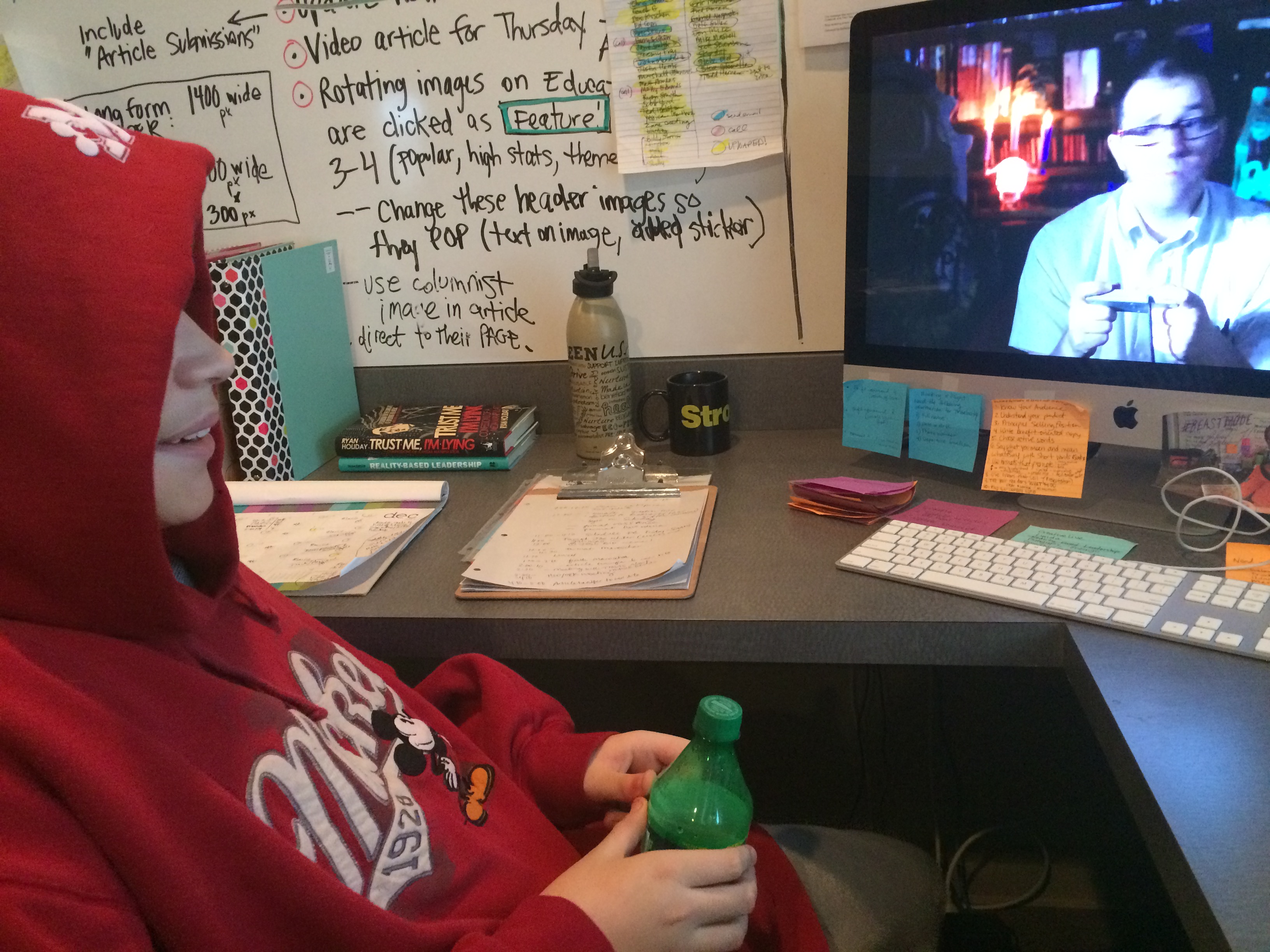
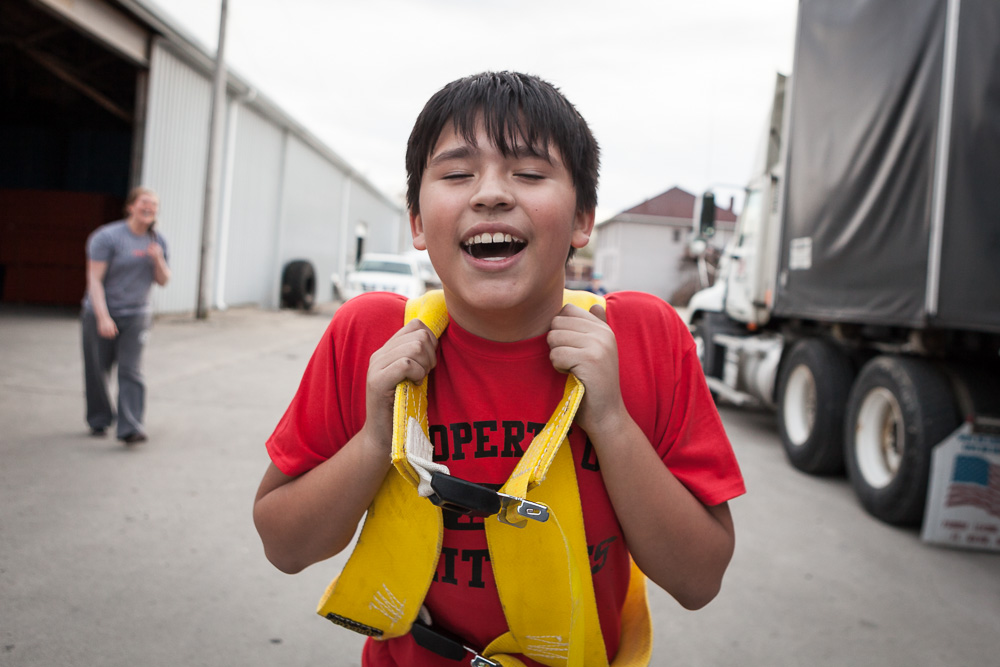
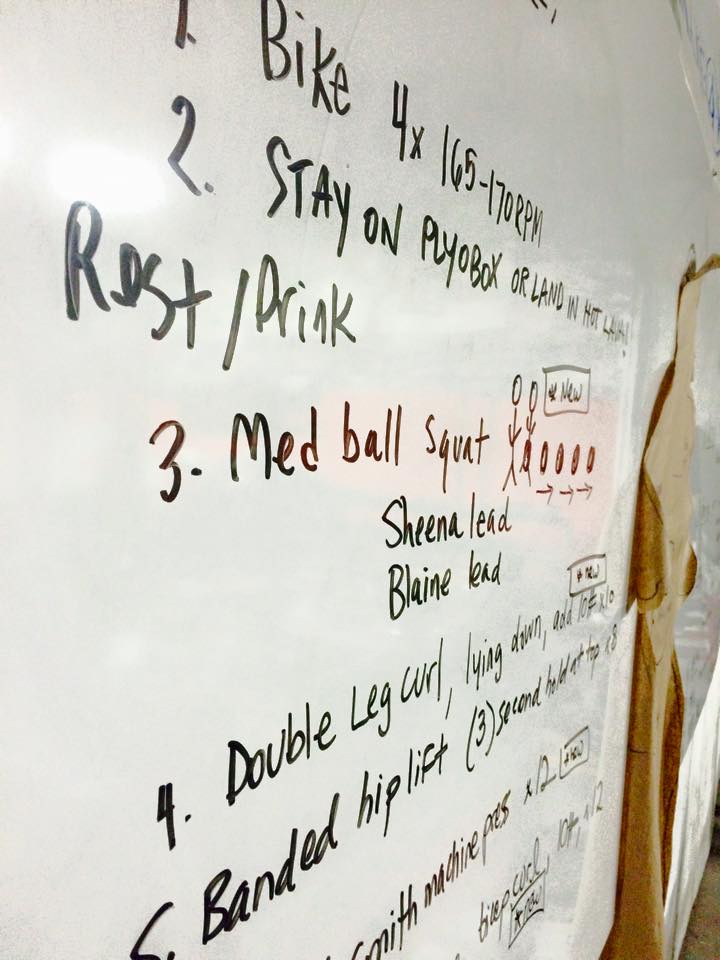
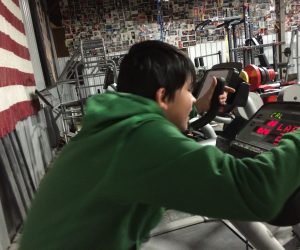
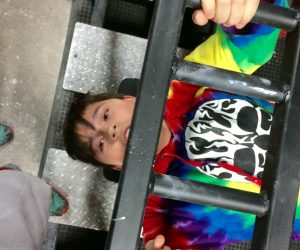

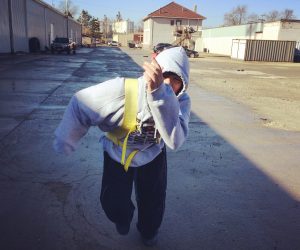
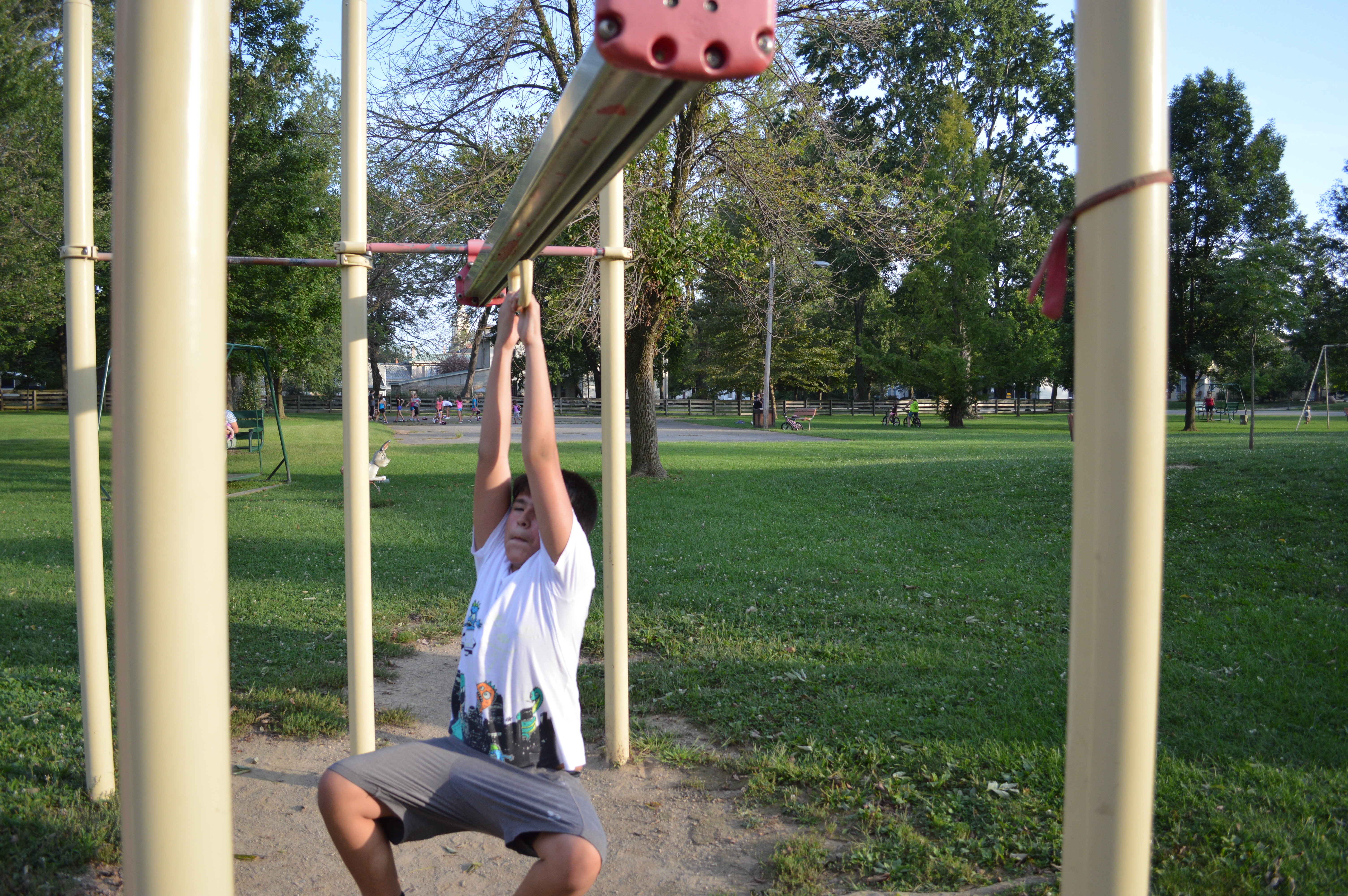

Had a new client, 16yo male that I "think" had Asperger's Syndrome. I say think because I never had any indication from the family that there were any issues other than, "he's just a quiet kid."
The client was very untrained and during an exercise or movement had trouble focusing on that movement. He would be constantly looking around the center; never, I mean never would he make eye contact with me. There was also no conversation between us during the session. When I start working with a new client I usually try to find out some of their interests, hobbies so we can have a conversation during the session. In this case, I could never get more than a few words in response to a question, many times just a shrug of the shoulders was the response.
It made for a very difficult session as I could never get any feed back as to how things were going....too much weight, too little, getting tired?
I did contact the parents after the first session to ask if there was any way to get a conversation going; I suspected something little Asperger's but didn't feel I could ask if there was a diagnosis of that. Again, no help from the family.
It would be nice if certification programs would provide some guidance as to how to work with the special needs populations. We may know how to prescribe resistance training programs but we're not trained psychologists.
Thanks for the message. It's challenging for sure when working with a nonverbal child and the parents aren't providing any additional support. But you got a shrug which may have been a huge thing for that child. In similar situations as you, I'd give more emphasis on connecting with the child (getting more shrugs to begin with) any way possible --through play, games, something other than sending the message "I'm your trainer and you're here to work". Are you guys still working together?
I've seen him a few times at the center so don't know if he's there on a regular basis. Problem is that he needs help with the movements. He'll start out with a good tempo then all of a sudden really speed up. He does respond to the cue, slow it down, slow it down. But don't know if he'd do that on his own. Also has very little body awareness.